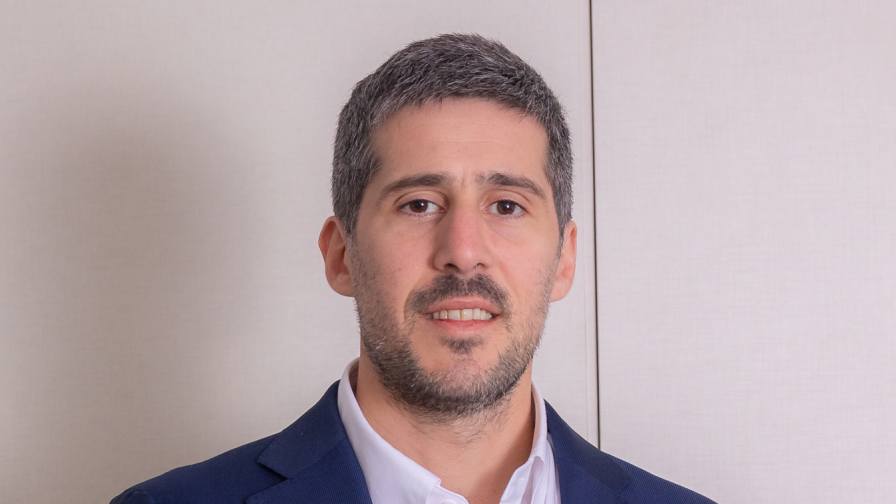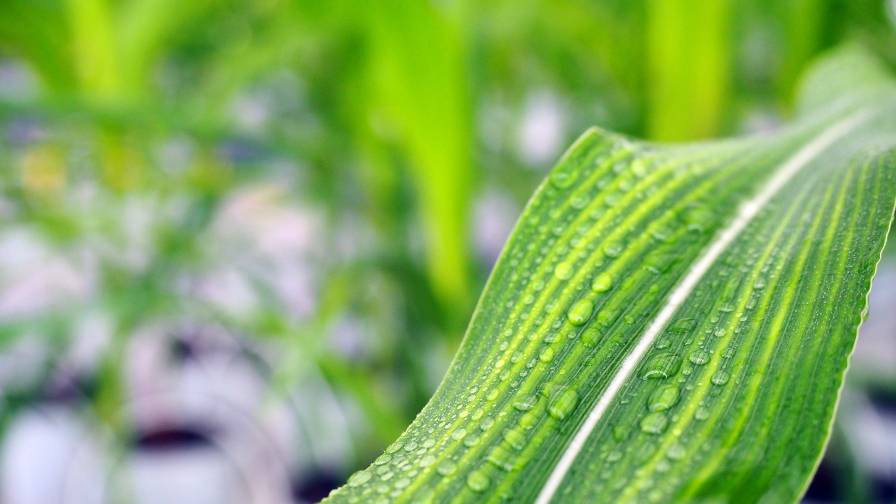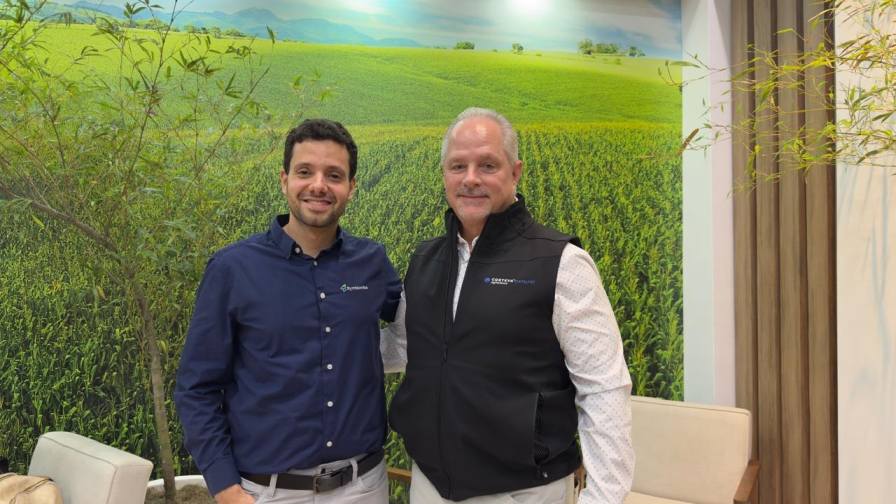Syngenta COO Discusses 2016 Outlook
FCI: Can you discuss some of the biggest new products from Syngenta that will make an impact in 2016, including Acuron? What actives are expected to rise in demand?
Davor Pisk: ACURONTM was launched in the USA this year and has peak sales potential of more than $500 million. ACURON is a corn herbicide comprising four active ingredients and three different modes of action: it will play a key role in combating weed resistance.
We expect our leading SDHI fungicide ELATUSTM to continue to perform well in Latin America, with full year sales exceeding $400 million. SolatenolTM, the active ingredient for ELATUS, received US EPA approval in September and will be available on a wide range of crops from 2016.
We are pleased to report that we also obtained U.S. EPA approval for a new fungicide called ORONDISTM, with first sales expected in 2016. The peak sales potential of this new product is estimated at $150 million.
FCI: In this more difficult landscape of oversupply and lower commodity prices, what are you focusing on to perform better?
Despite the current challenging environment, farming activities still go on: farmers continue to plant and to look for solutions to protect their crops. Crop protection products are essential to avoid major yield losses from weed, insect and disease pressure. We are focusing on bringing winning innovation into the hands of growers and continue to see an appetite for new technology.
FCI: Can you talk more about your expectations in Europe for 2016 in light of the increased competition, product withdrawals and the neonicotinoid ban? What are your customers experiencing in terms of productivity changes?
The suspension of neonicotinoids in the EU took place in 2013 and is no longer having any impact on our business – although it has caused substantial crop losses to growers.
Our business in Europe has proven resilient in 2015 and in the CIS we have successfully put through price increases to offset the impact of currency depreciation. In 2016 we look forward to further expansion of our HYVIDOTM hybrid barley integrated offer and expect to achieve EU registration for SolatenolTM.
FCI: How would you describe your expectations in India with growing competition from generic manufacturers? What is your approach there?
We do not compete with generic manufacturers as we focus on premium products. In some markets generic products are losing market share. We have a post patent strategy that allows us to extend the life of products by introducing new formulations and mixtures. In this way we can better meet the changing needs of growers.
FCI: What other markets in Asia are you focusing on?
Syngenta is historically present in all Asia, with growth objectives focused on the emerging markets of ASEAN and South Asia as well as China.
FCI: Can you talk about how the currency depreciation and credit conditions in Brazil will affect Syngenta going forward – how sustained will the impact be?
Syngenta has a long experience in managing exchange rate volatility and liquidity issues. We intend to compensate for the currency depreciation through price increases in coming seasons. We are selectively extending credit to some customers in the knowledge that their underlying profitability remains high.
FCI: How much will the dicamba and 2,4-D-based systems change agchem consumption and the general environment, and what are Syngenta’s approaches to compete?
We are focusing on early season weed management through our strong selective herbicides portfolio. In addition we have an option to use dicamba technology and we continue to work on a new herbicide tolerance trait, OH2.
FCI: The U.S. sees farm incomes down by 36% in 2015. How do you see that changing consumption and product choices in the U.S. going forward particularly if commodity prices continue to stay depressed?
In crop protection, we will continue to focus on the innovation opportunity provided by the launches of ACURON, ORONDIS and Solatenol. In seeds we are benefiting from higher trait revenue and a rapid expansion of our ENOGEN technology for ethanol production.
FCI: Overall, how do you see the agchem landscape shaping up for the coming year?
We will have a clearer picture when the northern hemisphere season gets underway in the first quarter of next year. While low crop prices make the environment more challenging, we will continue our focus on innovation and cost efficiency.






